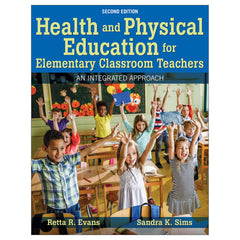Class Behavior Management
This is an excerpt from Health and Physical Education for Elementary Classroom Teachers 2nd Edition With HKPropel Access by Retta R Evans,Sandra K Sims.
Active classrooms can make managing class behavior more difficult because students move more and use equipment such as bats and balls. Thus, you need to develop a plan to address behavior issues.
Class rules let the students know what behaviors are allowed and what behaviors are not allowed. You should have just a few class rules, and they should consist of specific statements describing observable student behavior written in positive terms. The rules and consequences are developed and agreed on by the entire class along with the teacher’s approval. Display the rules as a reminder of classroom expectations. Creating a class behavior management plan in lab 7.4 will help you identify the positive behavior that should be praised and inappropriate behavior that will have consequences. Chapter 6 provided examples of rewards that promote good health and pointed out discipline methods that can result in unhealthy outcomes and should be avoided.
Creating a positive, caring, and consistent environment is critical in behavior management. Rewarding good behavior with praise and encouragement is as important as handling disruptive behaviors. Having a plan for behavior management and following it consistently will help you run your active classroom more efficiently.



Get the latest insights with regular newsletters, plus periodic product information and special insider offers.
JOIN NOW


